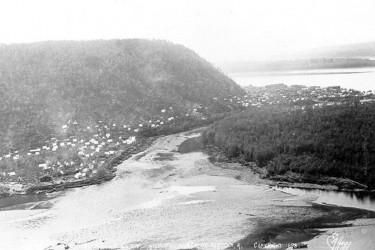When I was growing up in Conroe, Texas, about 40 miles north of Houston, my classmates and I took Texas history twice, in the fourth and seventh grades. We learned about Texas’s history in the United States, its previous existence as a republic, and its time as a province of Mexico. Among other things, we were exhorted to “remember the Alamo” and “remember Goliad,” famous events in Texas’s fight for independence from Mexico. Some other aspects of the state’s history were less covered. I didn’t need school lessons to tell me that Black people had been enslaved in Texas, but in the early days of my education, the subject was not often mentioned.
Some of our lessons did, however, involve the “period of Spanish exploration.” And I remember hearing in those lessons stray references to a man of African descent—a “Negro” named Estebanico—who traveled throughout what would become Texas. Estebanico was described, according to Andrés Reséndez’s book A Land So Strange: The Epic Journey of Cabeza de Vaca, as a “black Arab from Azamor,” on the coast of Morocco. A Muslim, he had been forced to convert to Christianity and sold away from his home to Spain; he eventually found his way to Texas in the company of the famous explorer Álvar Núñez Cabeza de Vaca. He arrived in the area of the future Galveston, where Union General Gordon Granger would proclaim the end of the Civil War and the end of slavery in Texas more than 300 years later, on the day now known as Juneteenth. Estebanico’s journey across Texas as an interpreter for Cabeza de Vaca made him one of the first people of African descent to enter the historical record in the Americas. He was part of a cohort of African people who predated plantation slavery in the Americas, and had stories and legacies outside that institution. And the time in which he entered the story of the continent—in the 1520s—is roughly a century earlier than when the most popular stories about Black people in America begin.
The arrival in Virginia in the early 1600s of “20. and odd negroes,” as John Rolfe announced, is often taken as the beginning of what we might call Black America—from that 20 to nearly 47 million souls today. Historians study those earliest years to, among other things, pinpoint the beginning of American slavery. They also look to this time to see if they can discover how deeply ideas about race were embedded in the culture of the people who established the English colony in Virginia. From these histories, people create and curate origin stories, of both themselves and the ideas they hold. And what these stories leave out—including Estebanico, the period of Spanish exploration, and years of Black and Indigenous history on the continent—is as important as what they include.












_-_The_First_Negro_Slaves_Br.png)






